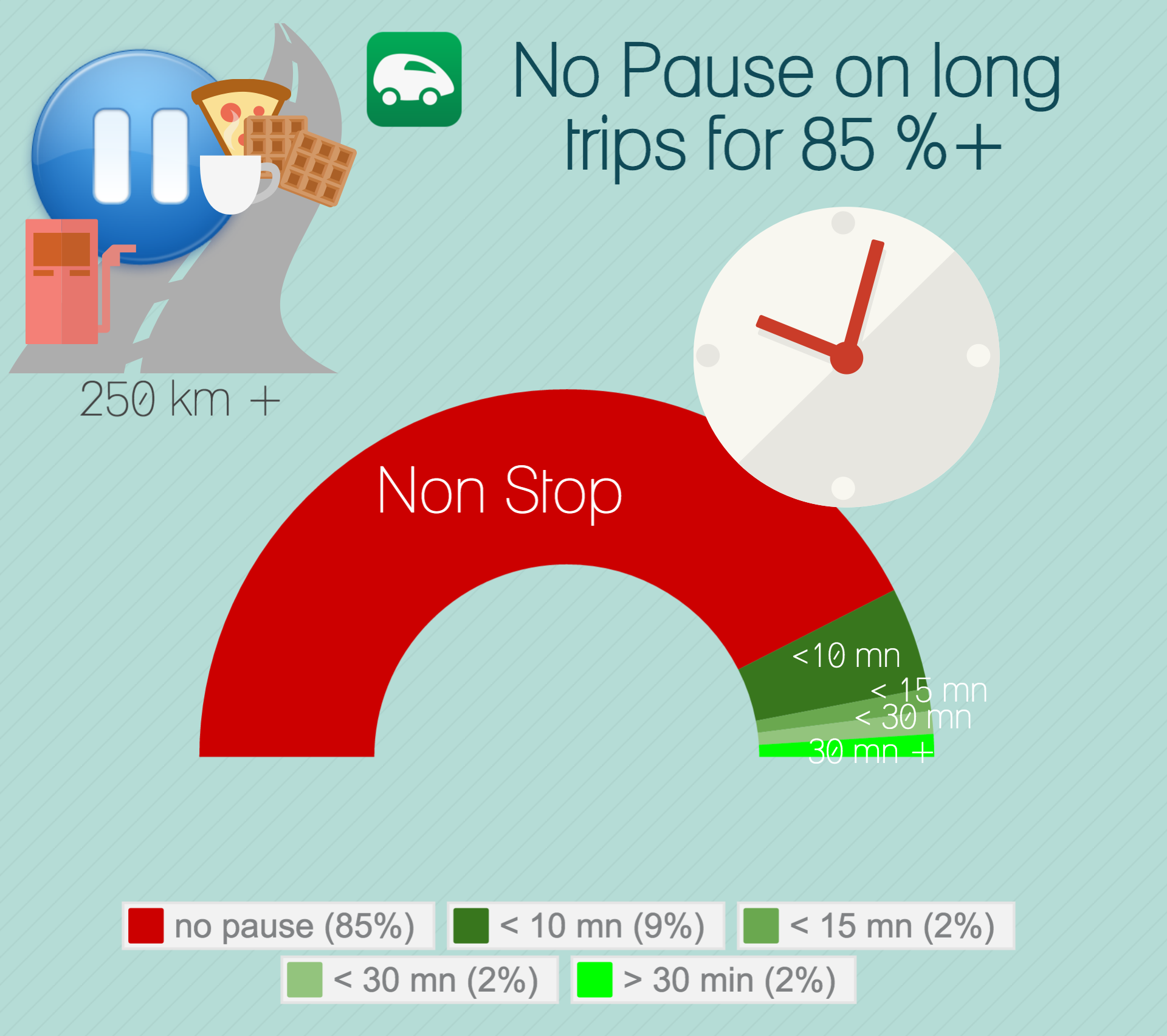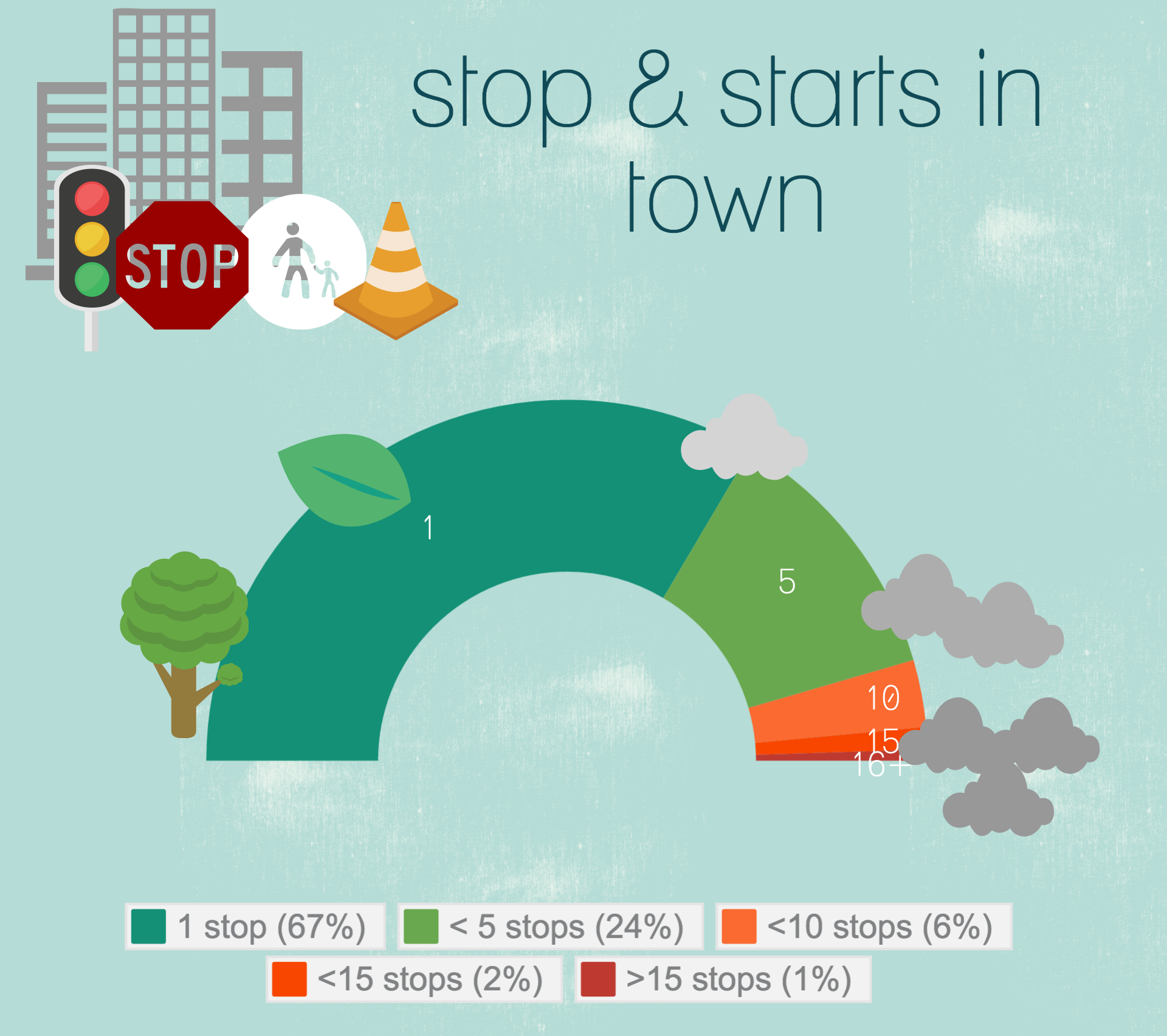Here is the annual publication eiverIndex, an international study of driving (and drivers) data.
We have gathered the driving data of 14 036 journeys for one year ( 2015) travelled by a panel of 3616 motorists subscribed to ” eiver “, the driving assistance app that rewards GOOD drivers. Data that speak volumes about our driving habits and behaviors, but also giving an insight into the progress to be made together to reduce the impact of motoring on the environment, as well as efforts which have already begun.
You will find on infographics shown below, photography that we studied , with the selection of drivers, brands and car models that are representative of the population.
 We then turned our focus on two concepts that have a real impact on safety and the environment:
We then turned our focus on two concepts that have a real impact on safety and the environment:
Safety First : breaks on long journeys
We studied the frequency and length of breaks performed on long journeys of over 250 km. And there, the numbers keep getting worse. On all trips studied, it turns out that 85 +% of those are made without any break, so it is recommended to stop to rest and stretch your legs every 2 hours. This is comparable to that of last year, or slightly higher (+ 4%). It is perhaps necessary to remind motorists that drowsy driving is the first cause of mortality on highways (30 to 35% of accidents).
The effectiveness of trips in urban areas: much better
In town, however, on journeys under 15 km, the regularity of behavior improves. Recall that the more shutdowns / restarts, acceleration / deceleration are frequent, particularly at low speeds, the more emissions of pollutants and particles are dense and frequent and ambient pollution is harmful. In one year, motorists in our panel have significantly improved their driving behavior in constrained environment. The acceleration / deceleration decreased by 25% and the number of stops / restarts of nearly 50%. The journeys with 0 or 1 stop / restart is 67% of the total against 21% last year. This is good news for the consumer, safety and protection of our environment.
all the details below.


